
Every time gas prices go up, millions of motorists worldwide start feeling the pressure to change their habits. While a minor gas price change won’t radically affect the way people commute, recent tendencies have vehicle owners looking for ways to reduce fuel costs and save money.
Of course, one of the easiest ways is to buy a more fuel-efficient vehicle (a VIN lookup can help get a good deal). However, with used car prices and new car delivery times reaching unprecedented heights, we may just have to drive differently and improve fuel economy that way.
If you want to know what fuel-efficient driving achieves and how to do it, read below – these tips will make your wallet happier.

Used cars have dark secrets
Reveal them all! Just enter a VIN code and click the button:
1. Check tire pressure
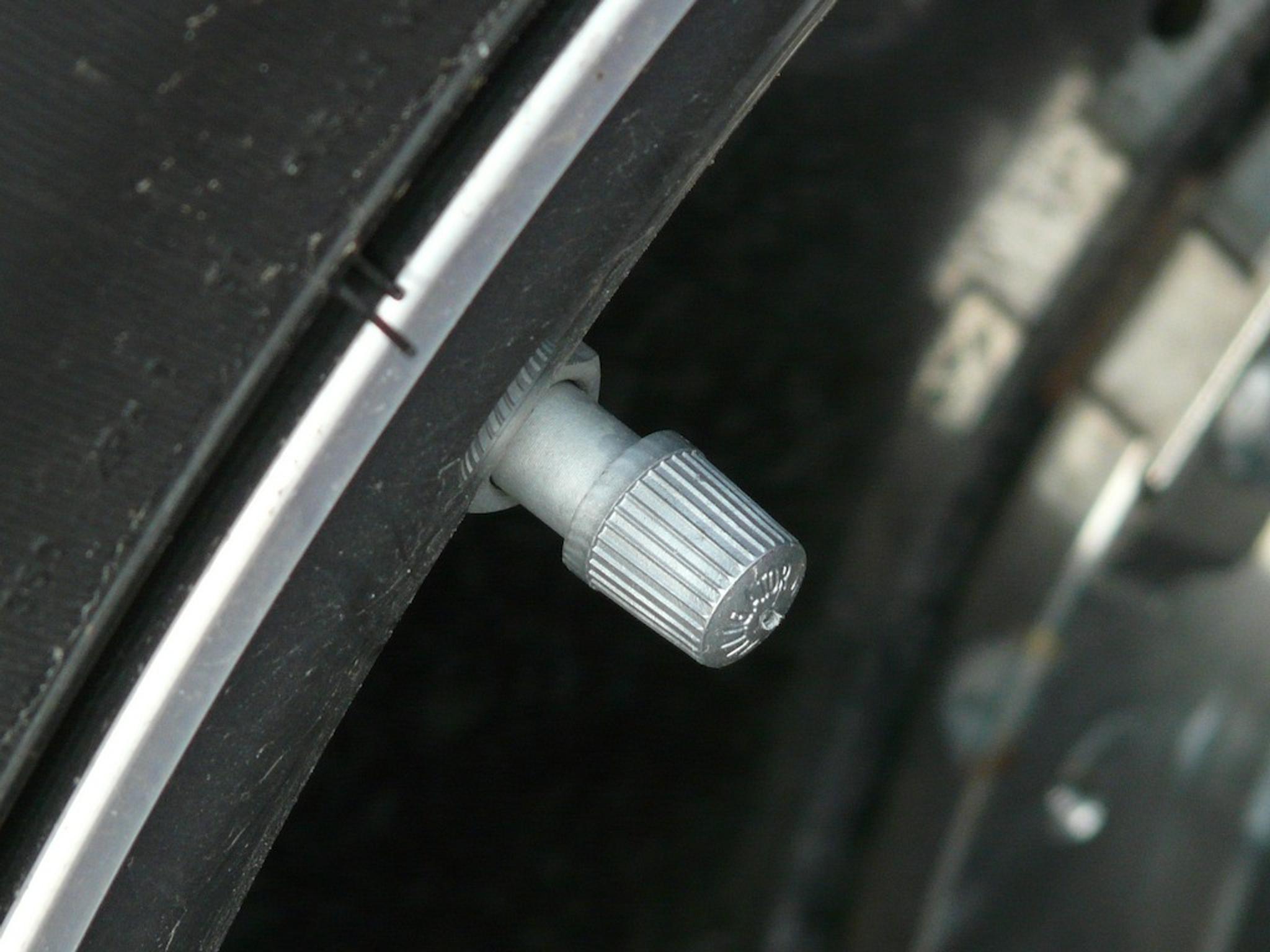
To improve fuel consumption, you should check the tire pressure on your car. It shouldn’t be too low or too high – rather, it should follow the manufacturer’s recommendations.
Underinflated tires cause increased rolling resistance. More rolling resistance means more energy burned to overcome it, and therefore, more fuel.
So, what about overinflated tires?
As it turns out, while overinflated tires can reduce fuel consumption, the difference is negligible. Moreover, the risks outweigh the benefits – overinflation makes the vehicle less stable. Plus, it will make the tires wear unevenly.
The vehicle’s tire pressure is measured in pounds per square inch (PSI) or BAR pressure. Most passenger cars have a recommended PSI between 31 and 35 when the tires are cold.
A tire pressure under 20 PSI is considered a flat tire and puts you at risk of a blowout. And if you’re using your vehicle for towing, you should again check your owner’s manual for the correct laden pressure.
2. Minimize cold engine operation
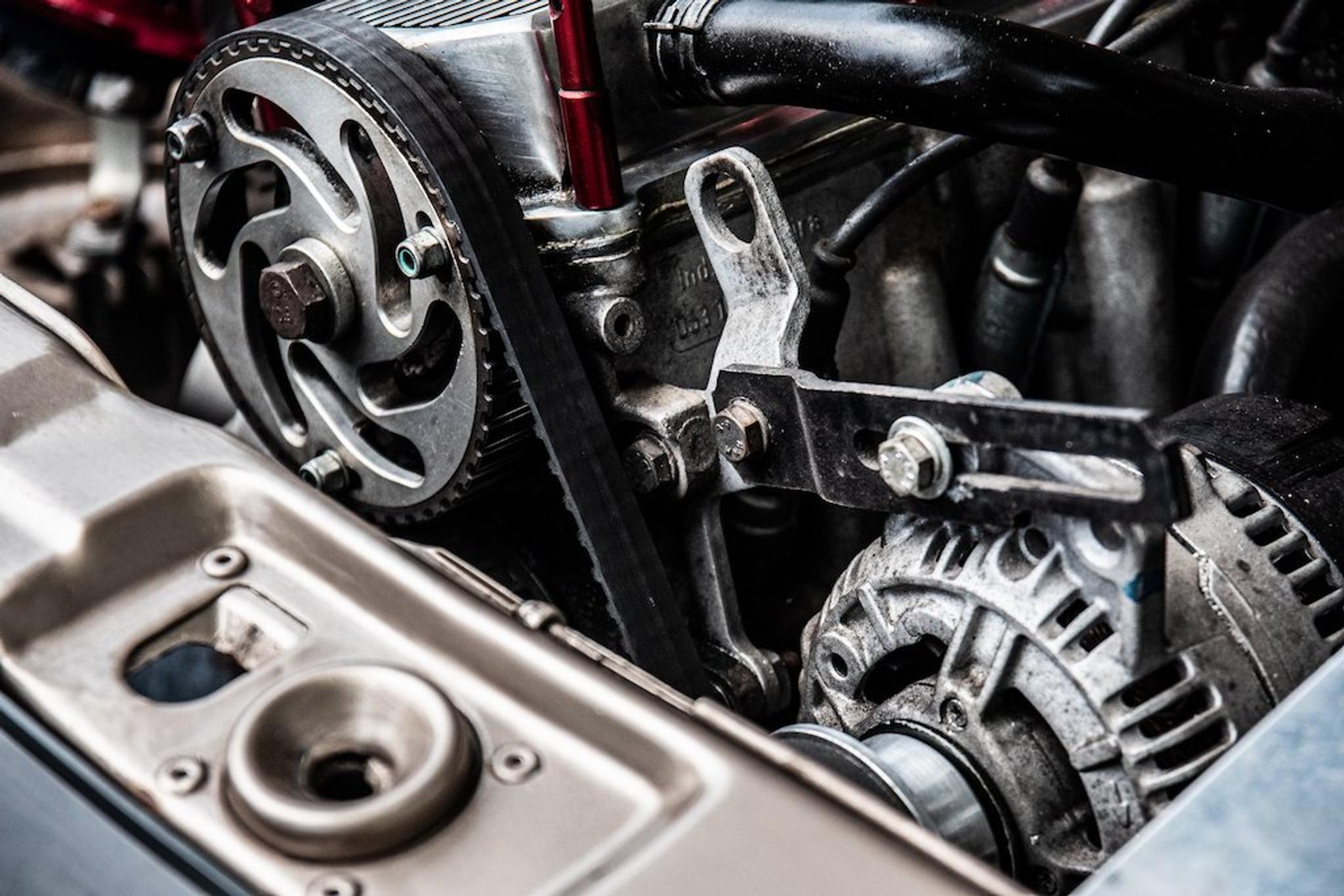
Should drivers warm up petrol or diesel engines after the vehicle hasn’t operated for at least 24 hours? While older engines need up to 2 or 3 minutes to run idle, modern machinery was created without the need just to sit idle, even at lower temperatures.
Every time you start a modern car’s engine, you’ll notice how the tachometer needle stays in the range of around 1,400 to 1,500 revs for a little while. Depending on weather conditions, the tachometer needle falls off to a normal level after several seconds, indicating that the vehicle is ready to go.
Idling too long after a cold start prolongs warm-up, and a cold engine uses more fuel. Additionally, idling will dilute your oil with gas, and thin out the oil on your cylinder walls.
The engine’s temperature needle should reach its optimal position after driving for around 30 minutes. To maintain high fuel-efficiency levels before that happens, keep the engine’s rpm low until the right temperature is reached. If you stay around or below 2,000 rpm, you should be fine, provided the terrain doesn’t cause lugging or straining on the engine.
3. Avoid excessive idling
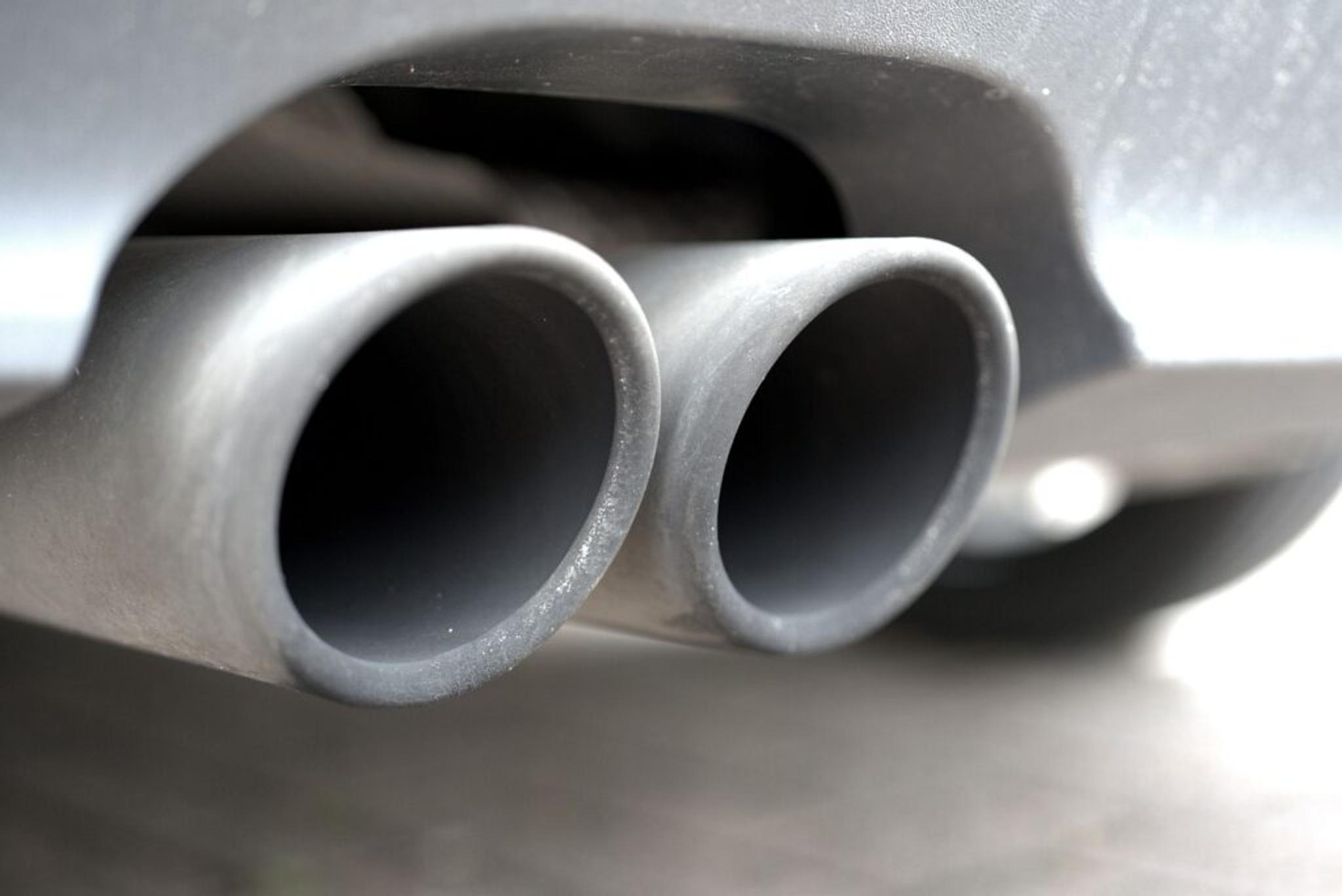
According to the U.S. Department of Energy, 6 billion gallons of fuel are wasted by idling vehicles each year.
While some idling is inevitable (such as when you’re at a traffic signal or stuck in slow-moving traffic), other times it’s entirely avoidable.
Turn off your ignition if you’re going to wait for more than 10 seconds. Contrary to popular belief, restarting your car does not burn more fuel than leaving it idling. Idling for just 10 seconds wastes more gas than restarting the engine.
Frequent restarts are no longer hard on a car’s engine and battery. The added engine wear due to idling is much less costly than even the cost of wasted fuel.
4. Use the air-conditioning system wisely
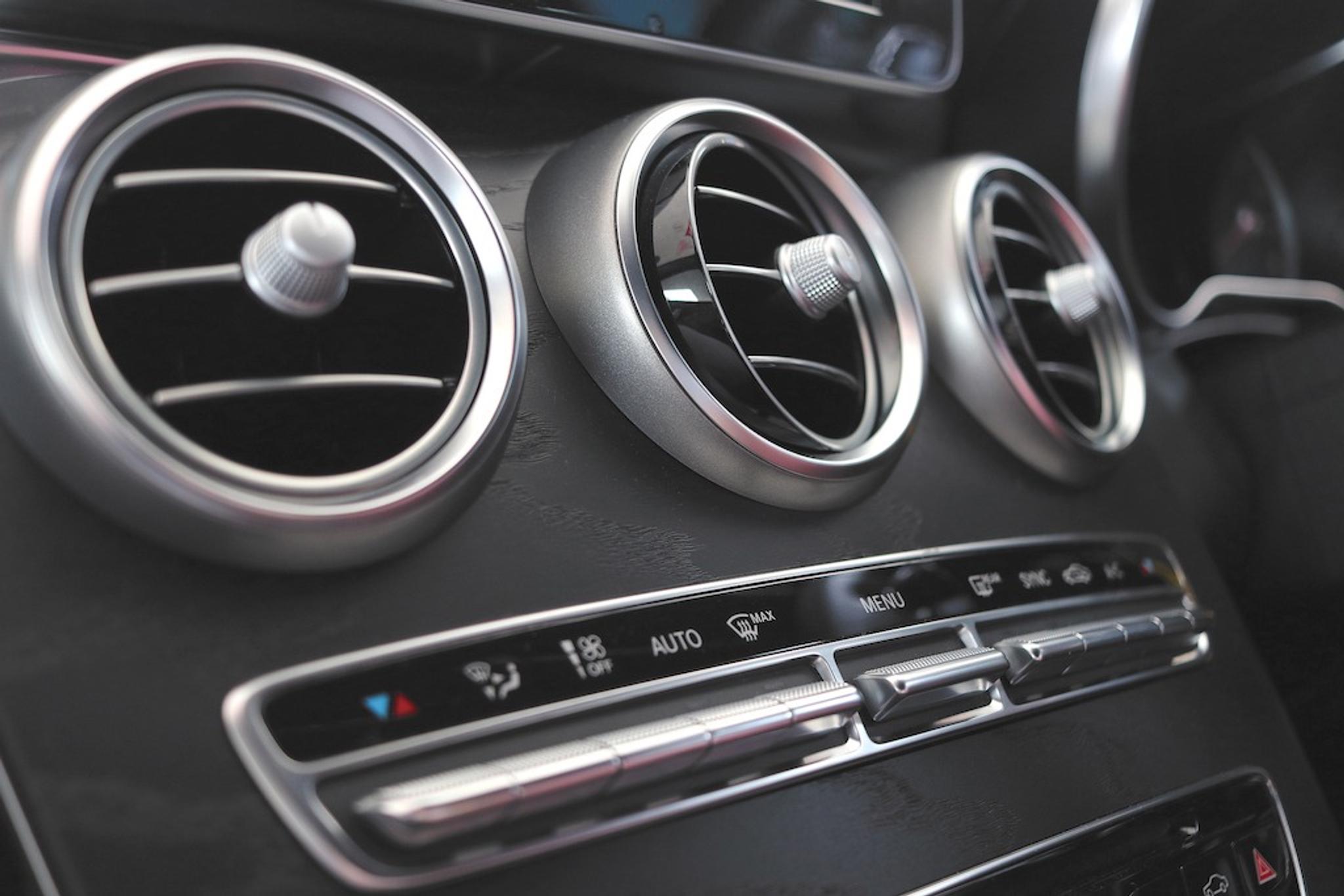
Using a vehicle’s air-conditioning system increases fuel consumption more than any other auxiliary feature.
In fact, due to the extra load on the engine, an air-conditioning system can increase fuel consumption by up to 20%. The load depends on the vehicle’s size, outdoor temperature, and other conditions.
You may ask whether it’s more efficient to drive your car with the air-conditioning on or the windows open. The answer to this mainly lies in the speed you are driving at.
The engine’s power efficiency & fuel mileage drops as a vehicle goes faster than the initially optimal speeds. So, driving a car in slow traffic with the air-conditioning running will result in more fuel usage than leaving the A/C off and the windows open. However, on the highway, driving is far more efficient with the windows closed (minimizing drag).
5. Change your driving style
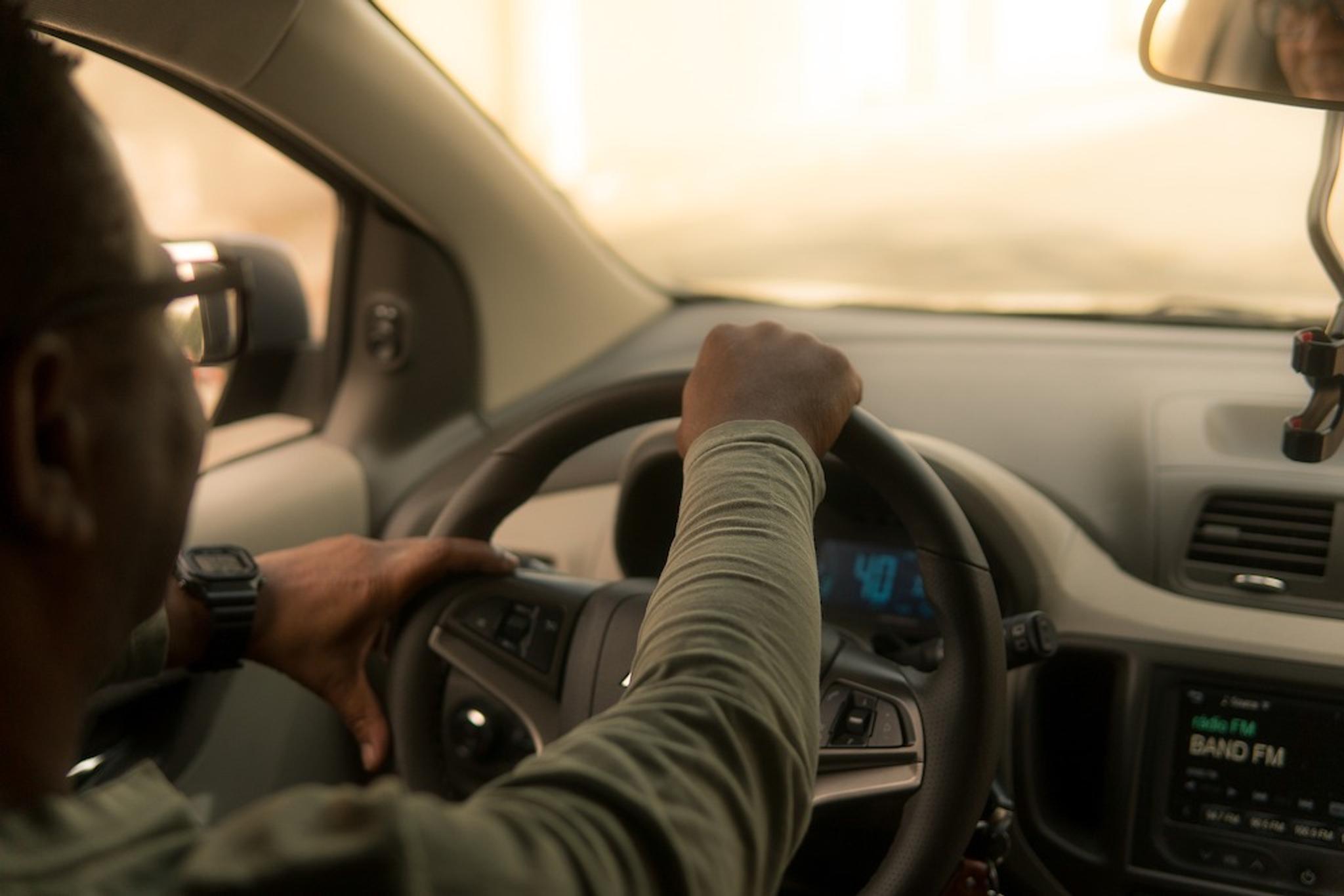
Driving style affects your safety, influences the wear and tear on your vehicle, and also impacts your fuel consumption.
While fuel economy is mainly affected by the type of vehicle you drive, everything you do behind the wheel – acceleration, shifting, towing, idling, and braking – also greatly impacts your fuel mileage.
In particular, aggressive acceleration has the biggest impact on fuel economy. Accelerating is when fuel consumption is at its highest.
If you want to use less gas, especially while driving around the city, ensure that the vehicle picks up speed steadily. Instead of stomping on the pedal, gradually speed up and keep the speed as even as possible.
6. Do not use cruise-control in the city
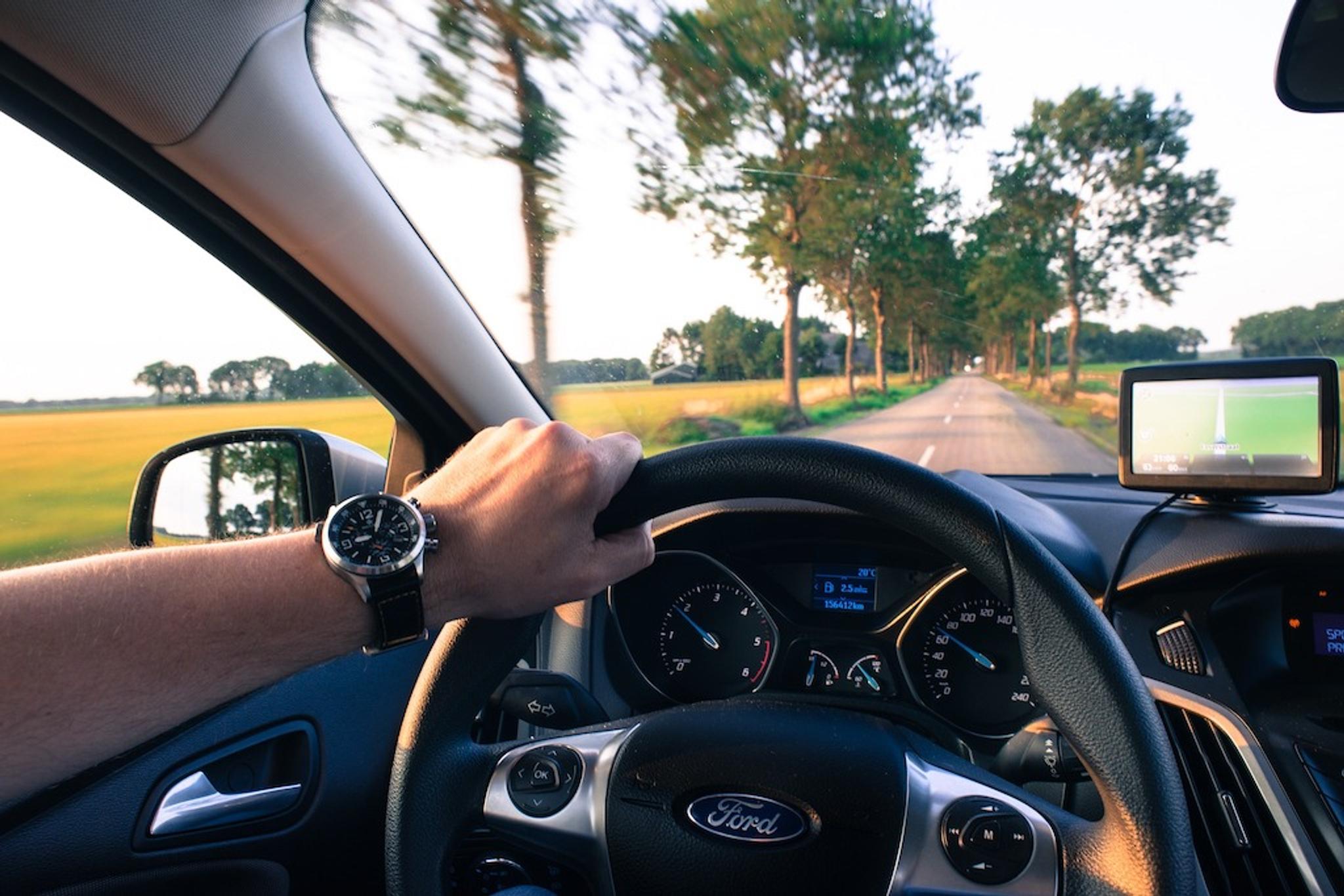
It is commonly claimed that automatic cruise control helps save fuel, but this is not always true. If you’re on a highway, automatic cruise control will help you keep your fuel consumption at optimum levels, but this isn’t the case in urban environments.
Every time there’s a hill, the automatic cruise control system tries to maintain the selected speed, using much more fuel. Also, when going downhill, the automatic cruise control system will try to brake to keep the set speed, wasting all that energy to gain momentum.
If you want to conserve fuel on city streets, just use your senses – accelerate as little as possible and maintain an even speed “manually.”
7. Lose any unnecessary weight

The bigger the weight, the more energy your car uses. Vehicle manufacturers know this very well, but modern cars keep getting bigger and heavier due to safety equipment and comfort-oriented features.
If you prioritize fuel efficiency, you should keep an eye on the vehicle’s weight, especially when considering buying a new car. For example, a panoramic roof looks glorious, but it adds at least 100 kilograms of weight, affecting fuel consumption.
However, if you’re planning to stick with your current vehicle, do yourself a favor and look through the stuff stored there.
Cars have become such an integral part of our lives that we sometimes end up keeping half our kitchen and garage in the trunk. Removing clutter and heavy items will make the car more economical, agile, and roomy.
8. Choose low-resistance tires
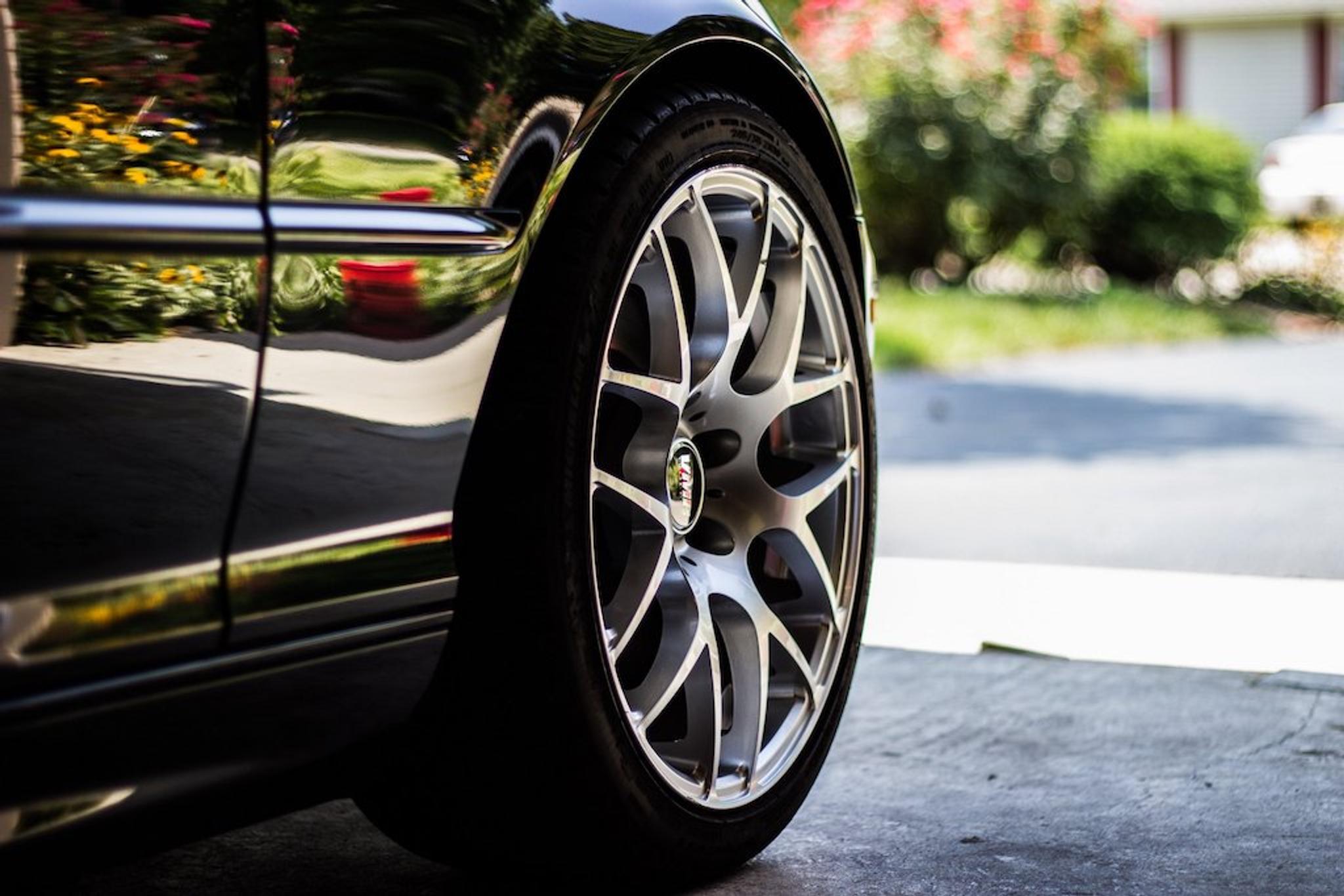
Tire pressure, width, tread depth, and compound are just some of the components that affect average fuel consumption.
For example, winter tires have a softer compound and a rougher tread pattern, which gives them a better grip on the road surface and thus increases fuel consumption, especially in warmer temperatures.
Fuel consumption is also increased by fitting wider tires. A wider tire has a larger contact patch with the road surface, which means more rolling resistance.
Vehicle owners should look for tires with the lowest rolling resistance for maximum efficiency. This will reduce fuel consumption by 5-10%. Also, tires with lower rolling resistance have a longer life span, making vehicle ownership less costly.
9. Anticipate road conditions – avoid the rush hour

One of the most important habits every driver should develop is anticipating other road users and their own actions.
Anticipating traffic is one of the most important fuel-efficient driving techniques. Acceleration is the enemy of economy, so avoiding situations where you have to stop and speed up again is something you should plan for.
If at all possible, skip the hours when people go to and from work entirely. In most cases, this is likely to be between 7-9 am and 4-6 pm (although there are certainly differences depending on your location). Driving with no traffic jams is sure to reduce your fuel consumption.
10. Keep engine revs in the efficient range
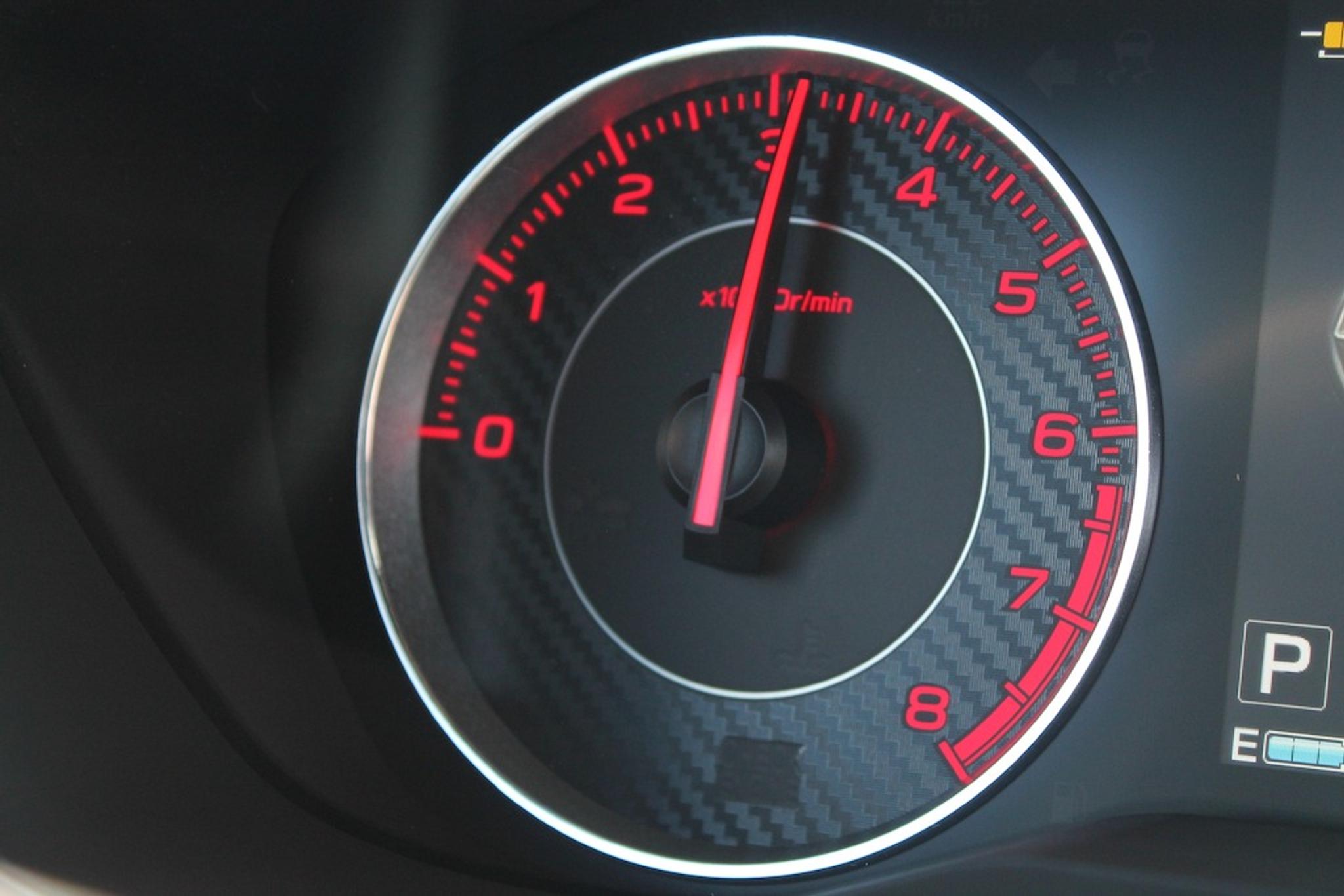
Most drivers think that driving in top gear helps reduce fuel consumption, but this is not strictly true.
Every engine has a sweet spot where every component works almost perfectly, helping the engine excel at fuel-sipping.
The fuel-efficiency sweet spot is somewhere between 1800-3000 rpm depending on the engine displacement or fuel type. Take some time to find out where that optimal range is for your vehicle.
Avoid driving techniques that strangle your vehicle’s engine. Every petrol or diesel engine will make much less power below 1500 rpm, and a lot of fuel will be wasted just to try to get the car moving.
Technical condition is an important part of fuel efficiency
As you can see, there are a number of ways to reduce fuel consumption. However, even the most prudent driver could face difficulties if the vehicle’s technical condition is inadequate.
A vehicle with an unbalanced chassis, leaky fuel injectors, or old engine oil will have bad fuel efficiency. Some of these symptoms are associated with a neglected vehicle or simply one with higher mileage.
If you’ve made the decision to exchange your existing vehicle for a more fuel-efficient one, do the proper research by using our VIN Decoder. This will help to determine the vehicle’s actual mileage and ensure its fuel economy won’t be an issue.


Check your VIN
Avoid costly problems by checking a vehicle's history. Get a report instantly!
Frequently asked questions

Article by
Evaldas Zabitis
Evaldas has been writing since middle school and has had a passion for cars for as long as he can remember. Right after getting his driver’s license, he spent all of his savings on shoddy cars so he could spend time fixing, driving, and selling them. Evaldas is always interested in automotive technical innovations and is an active participant in automotive community discussions.
